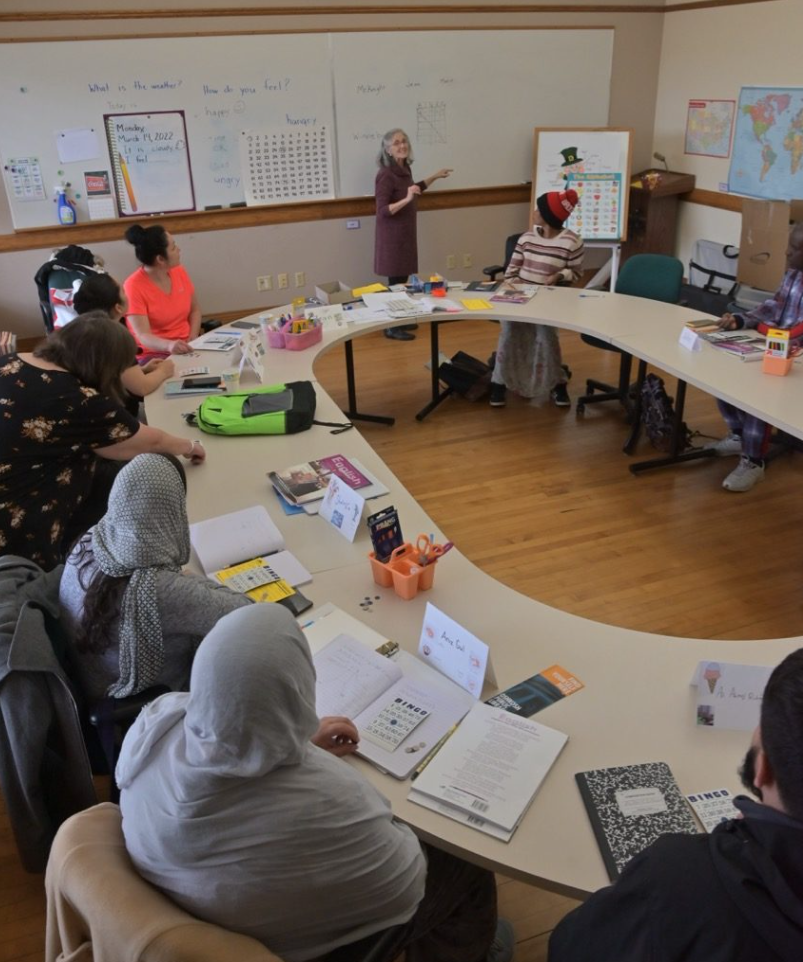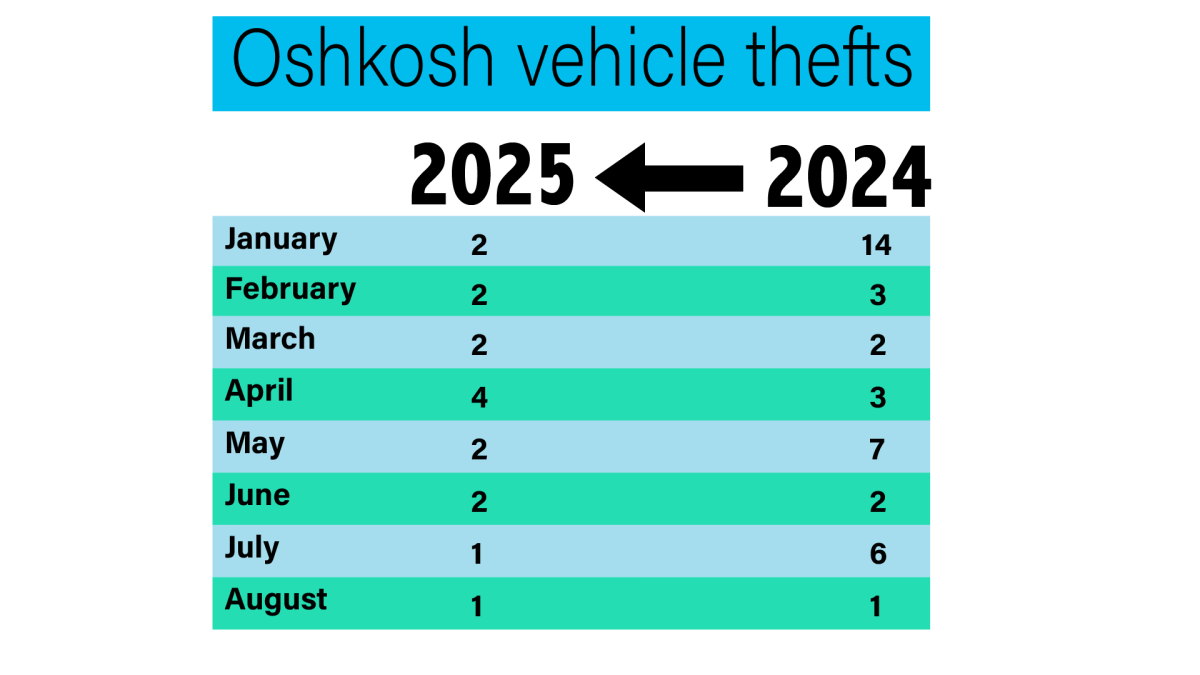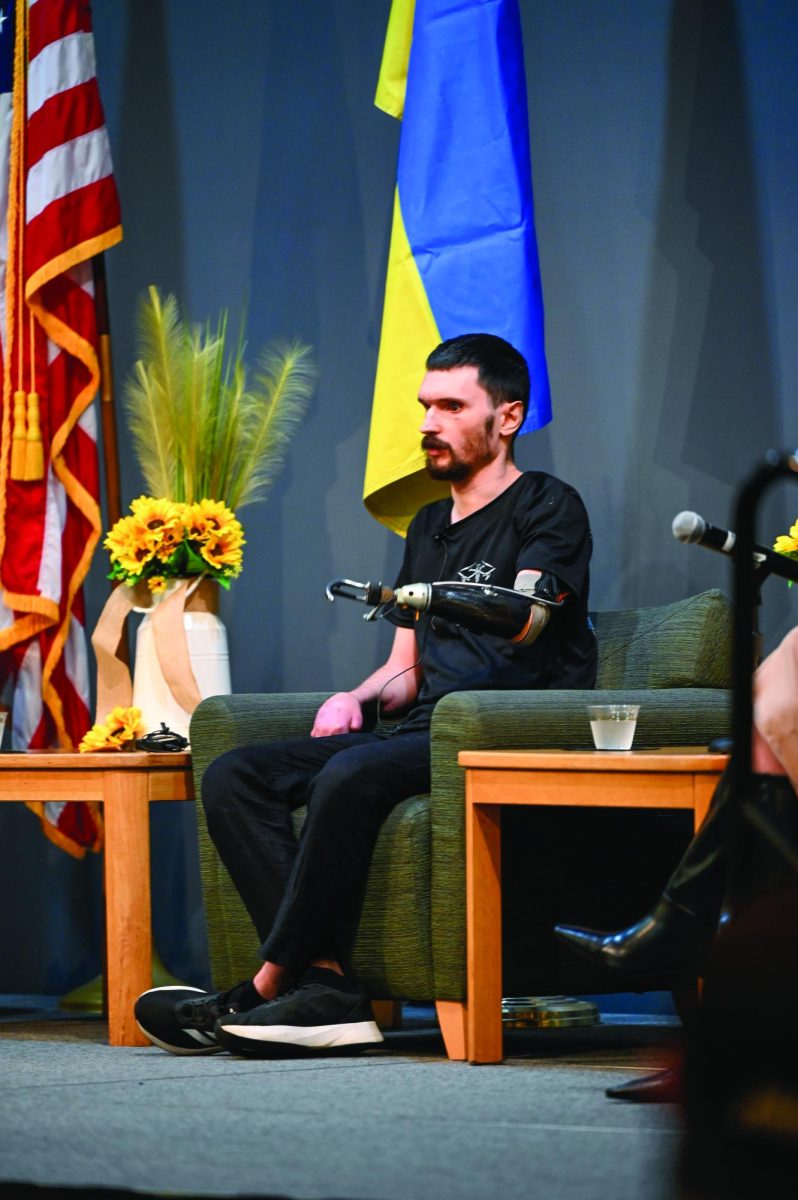UW Oshkosh’s Student At Risk Response Team is a network of campus resources that work together to promote a student’s health, well-being, academic progress and campus safety.
According to Terri Gohmann, assistant dean of students, the SARRT was created at UWO in 2005 when the Counseling Center received a federal grant to jumpstart the program.
“The team is to better address when a student is having serious problems, kind of like a crisis in their life, often times mental health,” Gohmann said. “One of the recommendations behind the grant is you have a team focus, so getting the grant helped formalize what the team is about, the mission, who would be in it and how often it would meet.”
Joseph LeMire, University Police chief, said the UP is a part of a variety of campus offices who help at-risk students.
“We are a member of a team, a team of different offices who are the Dean of Students, Student Health Center, Counseling Center, Office of Provost, Residence Life and Student Affairs,” LeMire said. “We are an equal team who help deal with students who are at risk.”
Gohmann said it is important for students to know they have access to the resources necessary for when they require it.
“For a student to have a point person at the institution to help see they are connected with appropriate resources either on campus, or off, is important,” Gohmann said. “And also someone who is paying attention to what’s happening, especially when a student has made an actual attempt to harm themselves.”
Kathleen Huskey, the advocate for the Victim Services Team, said her role is to talk with other UWO departments if necessary to ensure students get the right support.
“As the advocate, I collaborate with other departments on campus to make sure that victims/survivors get the services they need,” Huskey said. “I make sure that, with release of information, their voices are heard in that meeting.”
Huskey said it could be addressing something students need, addressing a concern or advocating for a change in the process.
According to the SARRT manual, there are certain behaviors exhibited when a student is suffering from psychological or emotional distress. These include depression, agitation, disorientation, suicidal expression, thoughts or threats and alcohol or drug abuse.
The SARRT manual states other signs of a student in need of help include are increased irritability, aggression, poor class attendance, change in personal hygiene, dependency and alarming or dangerous behaviors.
Chief LeMire said there are different ways in which an at-risk student is identified.
“It could be substance abuse, mental health, violence or eating disorders,” LeMire said. “It is anything in one’s personal life that may interfere with the well-being of that person.”
Gohmann said there are places on campus that provide students complete confidentiality along with support.
“There are three places on campus where information in regard to them cannot be shared, unless they sign a release authorizing it: the Counseling Center, Student Health Center and Victim Advocate Center,” Gohmann said. “It is important that students know that because there are some concerns of their name getting out there.”
Gohmann said the SARRT meets every Wednesday for team discussions where they gather information, get the full picture of what’s happening and problem solve.
Dean of Students Sharon Kipetz said the SARRT has made an impact on the lives of many students.
“I think that there are students who have successfully graduated from here because of people like Terri [Gohmann], Jen [Haese], Rinardo [Reddick] and members of the team who have stepped in and have really been there to support that student,” Kipetz said.
Kipetz said the SARRT wants students to succeed as a whole, and that says a lot about institution.
“I think this really talks about who our University is, and that people aren’t just a number here,” Kipetz said. “We have a whole campus culture who really cares about our students and their success in all areas: being a successful as a person, in health and in academics.”
According to LeMire, the SARRT has significantly improved campus safety.
“If offices are sharing information, then they can help deal with the situation, have people get help, help students stay in school and keep the campus safe,” LeMire said. “Long run of SARRT is the combination of student success and campus safety.”







